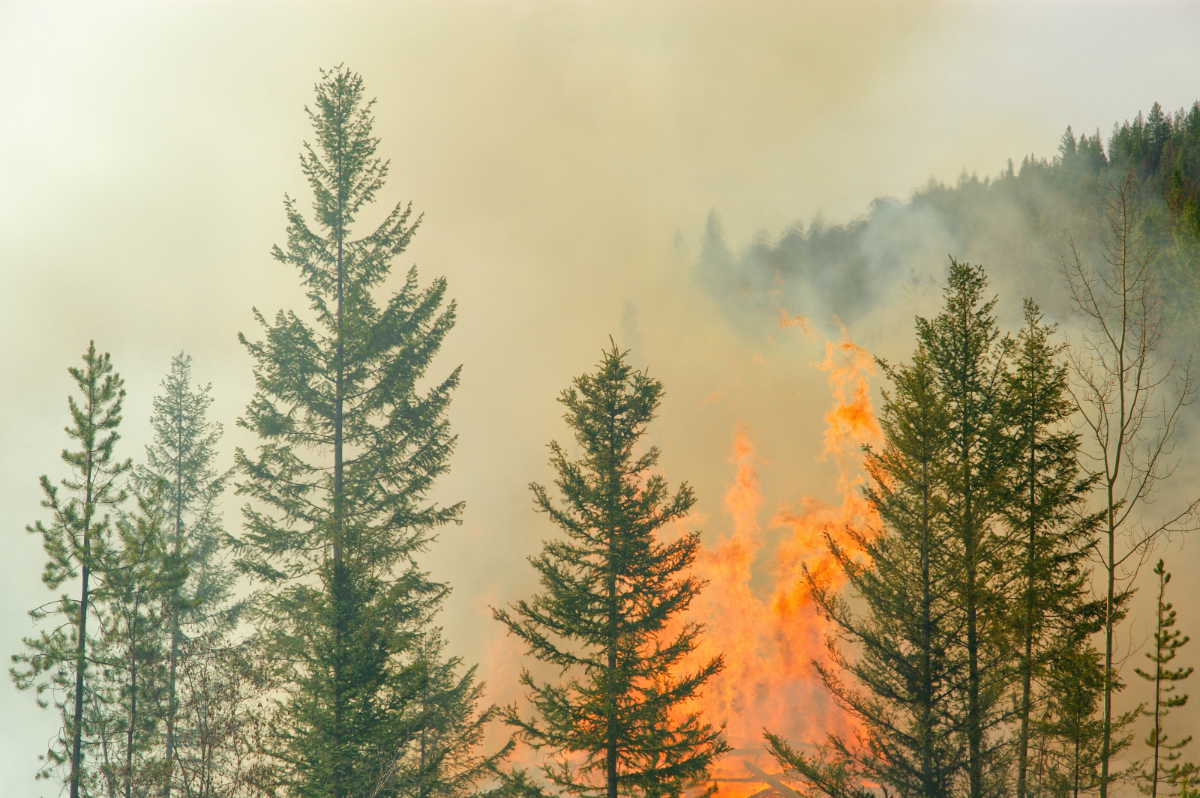This week’s wildfires in Northern California and Southern California have left school districts and students in a state of emergency.
These devastating fires have destroyed neighborhoods, forced many schools to remain closed, displaced families and students and are an ongoing concern. In response, state and local authorities are working to provide relief and public safety.
At the state level, the California Department of Education has said it will help schools and districts recoup Average Daily Attendance funds. The CDE also said its Nutrition Services Division has sent two truckloads of frozen food and dry goods to the Redwood Empire Food Bank in Santa Rosa to assist fire victims.
“Schools should not suffer financially or in any other way for putting safety first in any kind of emergency,” State Superintendent of Public Instruction Tom Torlakson said.
Schools surrounding disaster areas have provided critical shelter for evacuees from impacted communities. Many schools have also cancelled or limited sports and outdoor activities due to health hazards from smoke. For individuals who want to provide assistance, a number of organizations are seeking donations of both supplies and critical personnel. A partial list of these groups can be found here.
For school leaders concerned about wildfires and other emergencies in their own communities, there are several recommend steps to help prepare. Among them:
- Stockpiling food, water, batteries and power to maintain operations for three days without outside assistance
- Developing a communications plan to keep staff and students informed
- Preparing an emergency readiness plan
- Conducting disaster preparedness drills
- Recording planning and costs before and after an emergency to help in getting reimbursements or payment for supplies and damages
- Planning for transportation, especially for students and staff with disabilities
- Determining what kinds of informal expertise might exist at your school or in your district. For example, are there parents with special skills that could be useful in an emergency?
- Being prepared to offer refuge to nonstudents and serve as a community shelter
Online Resources
California Department of Education: Disaster Resources
California Department of Education: Safe School Planning Site
CSBA Sample Policy for Disaster Preparedness
Department of Homeland Security: Emergency Communication Plan Template
U.S. Department of Education: Crisis Planning Guide
National School Public Relations Association: Weather-Related Crisis Communication





